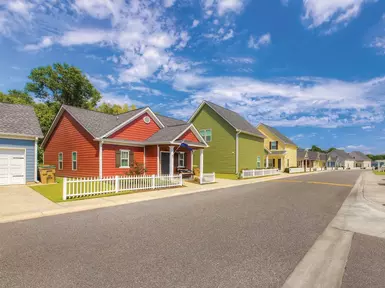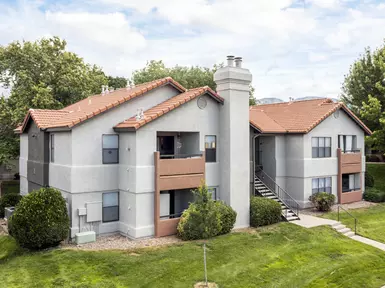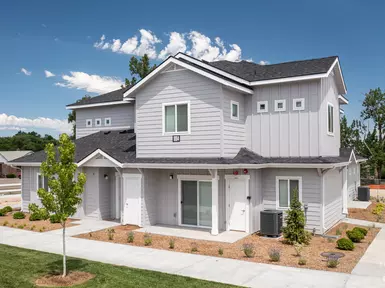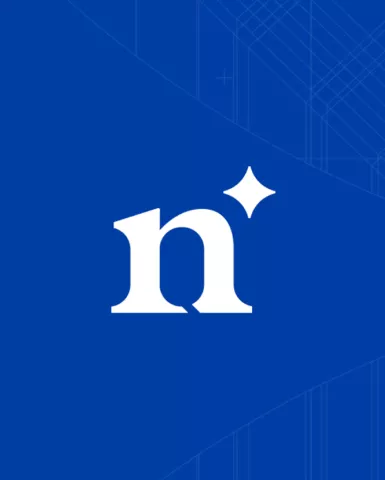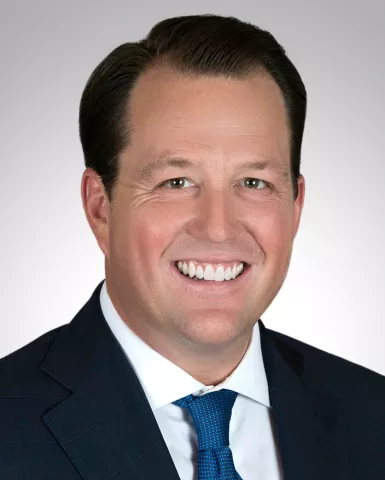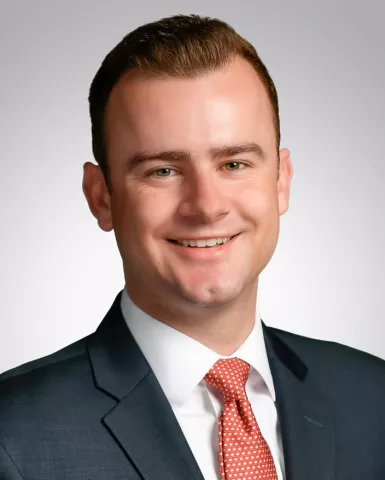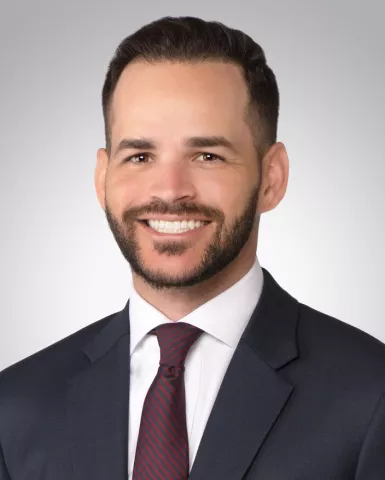Are you looking for commercial real estate experts in the Southwest? Northmarq’s Phoenix office is your answer. Our talented team of investment sales and debt and equity professionals are committed to ensuring an efficient and hassle-free experience. Leveraging our extensive network of lending partners, we can arrange commercial real estate loans for every property type, from retail and multifamily, to healthcare, industrial, manufactured housing, and more. Our in-house commercial and multifamily investment sales experts can also assist with transactions of any kind including 1031 exchanges and sale-leasebacks. We cater to a wide range of investors, including individuals, developers, and institutional owners. Additionally, we are a direct Fannie Mae, Freddie Mac, and FHA/HUD lender. Contact us today to learn about our investment sales services or to explore financing options. Ready to get started? Call our local office now! (License AZ CBK 0919710 and CBKBR 0117381)
About Our Office
The latest
Transactions
Phoenix AZ
